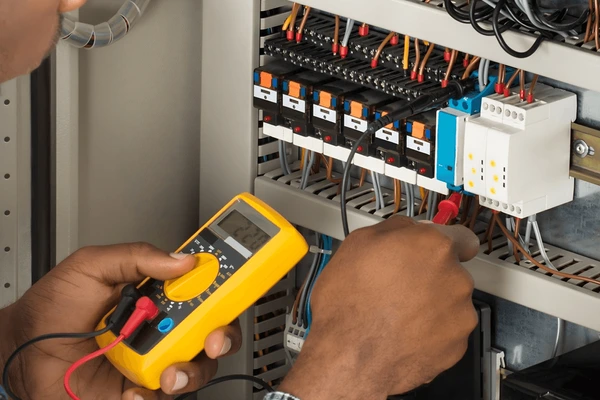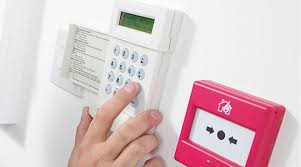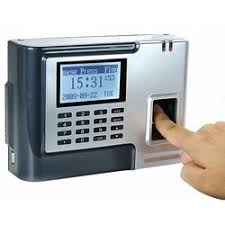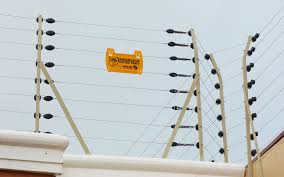Participants for SGL’s electrical installation, wiring, and maintenance course get the knowledge and practical skills necessary to install, maintain, and repair electrical systems and equipment in a safe manner.
This course addresses topics such as electrical theory, safety procedures, wiring techniques, troubleshooting, and relevant regulatory laws.
Participants are the focus of its design, which is adapted to fulfill their expectations and advance their expertise. The platform guarantees active and ongoing learning through a variety of useful techniques. The course material is meticulously crafted, utilizing a wealth of research to provide a thorough understanding of the topic.
With years of real-world experience, the course instructors are seasoned experts in their fields.
Offering exciting career growth options, this knowledge will assist participants in launching a new career or improving their skills and knowledge in the industrial role they already have. This program’s major goal is to make participants competent, informed, and successful managers or supervisors who can successfully oversee electrical wiring, maintenance, and installation projects.
Target Audience
This course is ideal for those:
- Electrical technicians and engineers who want to upgrade their practical knowledge.
- Maintenance personnel who are responsible for electrical systems.
- Facility managers and operators.
- Construction and building professionals.
- Students, NYSC corps members, and Job seekers; interested individuals; or any graduate who wants to become an electrical technician.
Training Objectives
Electrical Theory:
It is essential to comprehend basic ideas such as Ohm’s Law, voltage, current, and resistance.
Safety Procedures:
When doing electrical work, it is crucial to understand and follow safety rules and procedures.
Wiring Techniques:
Becoming proficient in a variety of wiring techniques for use in commercial, industrial, and residential contexts.
Troubleshooting:
Gaining knowledge of how to identify and fix electrical problems.
Equipment Installation:
Gaining knowledge of how to connect and install different electrical devices, including control systems, transformers, and motors.
Maintenance and Repair:
Gaining the ability to fix and maintain electrical equipment and systems on a regular basis.
Relevant Regulations:
Recognizing and utilizing electrical codes and standards at the national and international levels.
Course Outline
Introduction to Electricity:
Ohm’s law and electrical computations, electrical units and measurements, fundamental ideas of electricity, and types of electrical circuits
Electrical Wiring Fundamentals:
Circuit design and layout, Wiring diagrams and symbols, Cable types and sizes, Wiring system types
Residential Wiring:
Installation of outlets, switches, and lighting fixtures; wiring for appliances and refrigeration and air conditioning systems (RAC); single-phase and three-phase electrical systems; and wiring methods for residential structures
Insulation of Electrical Systems and its Function in Safety Considerations:
The purpose of electrical protection; the function of electrical insulation; liquid and solid dielectrics; assessments of insulation class and temperature; and the computation of electrical systems’ requirements for the optimal conductor sizing
Earthing of Electrical Systems:
System earthing techniques, the necessity of electrical system earthing, protective earthing at the load, protective conductor, system earthing at the source, and equipotential bonding
Earth Fault Detection and Protection:
Earth fault sensing methods, Earth fault loop impedance, Earth fault current computation, Appropriate low-voltage (LV) feeder line length for efficient earth fault detection
General Arrangement, Control and Protection:
Electrical installation arrangement; switchboards; fault protection against overcurrent; additional protection provided by lasting current devices; safety against undervoltage; safety against overvoltage; defense against fire threats brought on by arcing faults; and control over electrical installation
Selection and Installation of Wiring Systems:
Conductor sizing; installation; wiring system types; current-carrying capability; aerial wiring systems; factors affecting voltage loss during sizing; earth sheath return systems; busbar trunking systems and rising mains; the cables’ enclosure
Selection and Installation of Electrical Apparatus:
Defense against the effects of heat, electrical equipment connection
Earthing Provisions and Earthing Conductors:
Equipotential bonding, earth fault loop impedance, earthing functions, earthing arrangements, earthing of equipment, and multiple earthed neutrals (MEN)
Damp Situations:
Pools and tubs; showers, bathtubs, and fixed containers; fountains; and case studies
Exceptional Electrical Installations:
Locations with showers, bathtubs, or other moist conditions
Visual inspection, testing, high-voltage and extra-low voltage electrical systems, as well as hazardous and emergency regions
Electrical Safety and Regulations:
National and local electrical rules, personal protective equipment (PPE), grounding and bonding requirements, An overview of electrical safety principles





